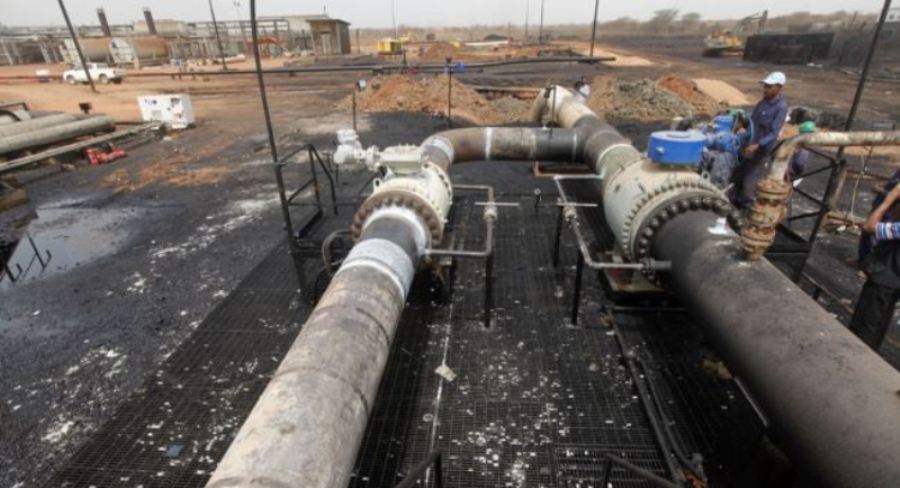Sudan to launch over 30 oil bids in 2019: FT reports

November 12, 2018 (KHARTOUM) – Sudan is preparing to launch over 30 oil exploration bids next year in an attempt to lure western companies to reinvest in its petroleum industry after the left of economic sanctions, the Financial Times reported on Monday.
“Now, as relations between Sudan and the US improve, the ministry of petroleum plans to tender 30 to 35 new oil blocks in the second half of next year to revive exploration activity in the country,” Azhari told the Financial Times.
Since the split of South Sudan in 2011, the Sudanese economy felt the tough effect of economic sanctions because it did not use oil financial income to develop the national economy but to fund its war against the armed groups in southern Sudan and Darfur region.
The Sudanese oil industry was developed by the oil-hungry China, India and Malaysia. The U.S. Chevron oil company made the first discovery of oil in Sudan in the late 1970s, but it had to stop exploration activities after the outbreak of Sudan’s second civil war in 1983
After, the lift of embargo in October 2017, few western countries showed interest to invest in Sudan because it is still under several U.S. sanction as the country remains on the list of state sponsors of terrorism. Also, corruption and heavy taxes dissuaded investors from the Gulf to work in Sudan.
However two weeks after the lift on 31 October of the past year, Sudan’s Oil and Gas Ministry invited several U.S. oil firms to visit the country and offered them to invest in Sudan, pointing to the need of introducing advanced technology to push forward oil production in Sudan.
During a meeting with the visiting oil firms, the then oil minister Abdel-Rahman Osman called to invest in a number of oil blocs in the Red Sea area, eastern Sudan.
Following what, Baker Hughes a U.S. industrial service company in November 2017, signed a cooperation agreement with Asawer Investment Company, the technical arm of the state oil and gas firm Sudapet.
Sudan has proven gas reserves of 3 trillion cubic feet, but development has been limited. It also does not have the pipelines or the port terminals to bring in gas or liquefied natural gas, according to the U.S. Energy Information Administration in 2014.
Sudan lost 75% of its oil reserves after the southern part of the country became an independent nation in July 2011, denying the north billions of dollars in revenues. Oil revenue constituted more than half of Sudan’s revenue and 90% of its exports.
Sudan currently produces 133,000 barrels of oil per day (bpd). The country’s production is stationed mainly in the Heglig area and its surroundings, as well as western Kordofan.
(ST)
